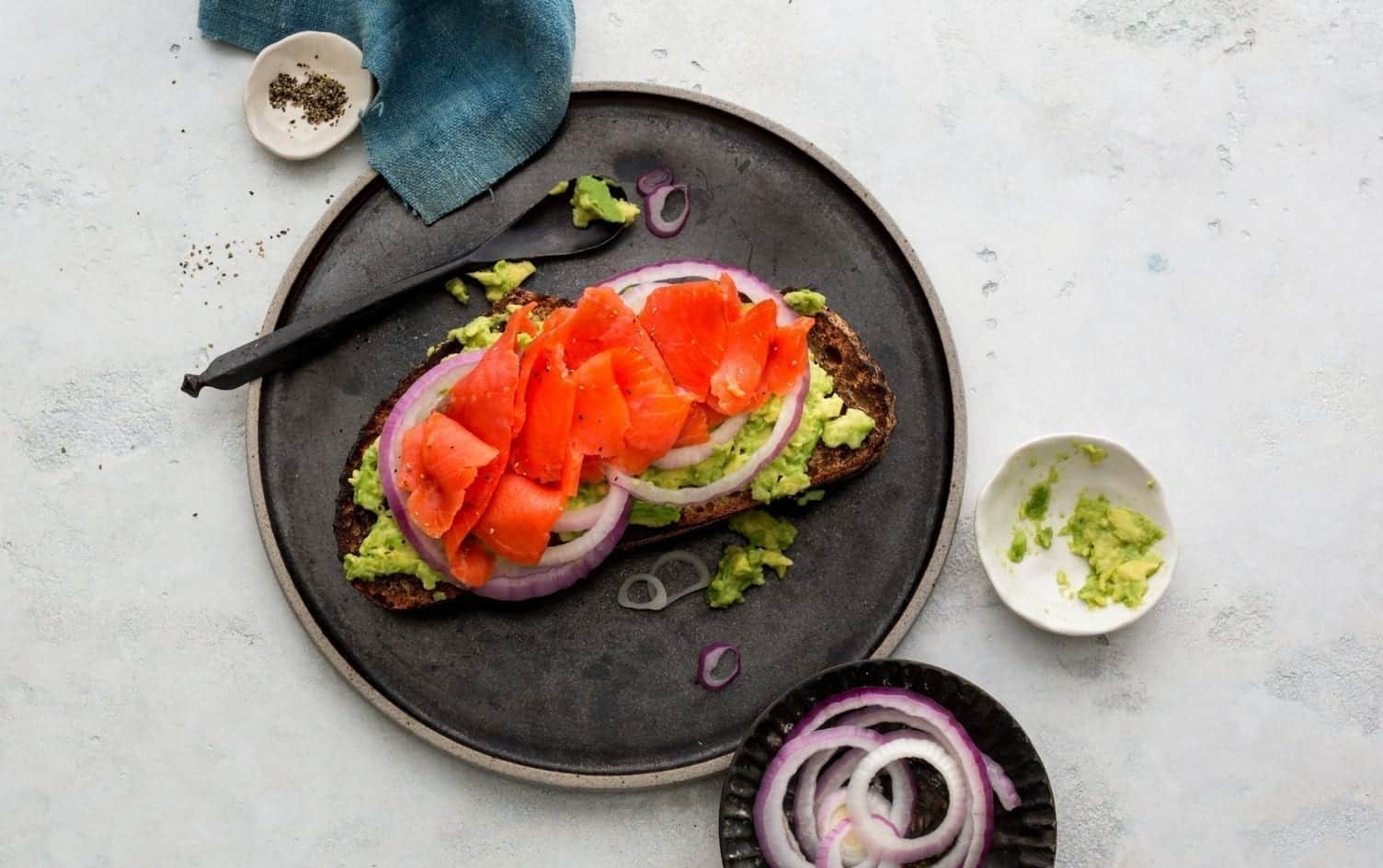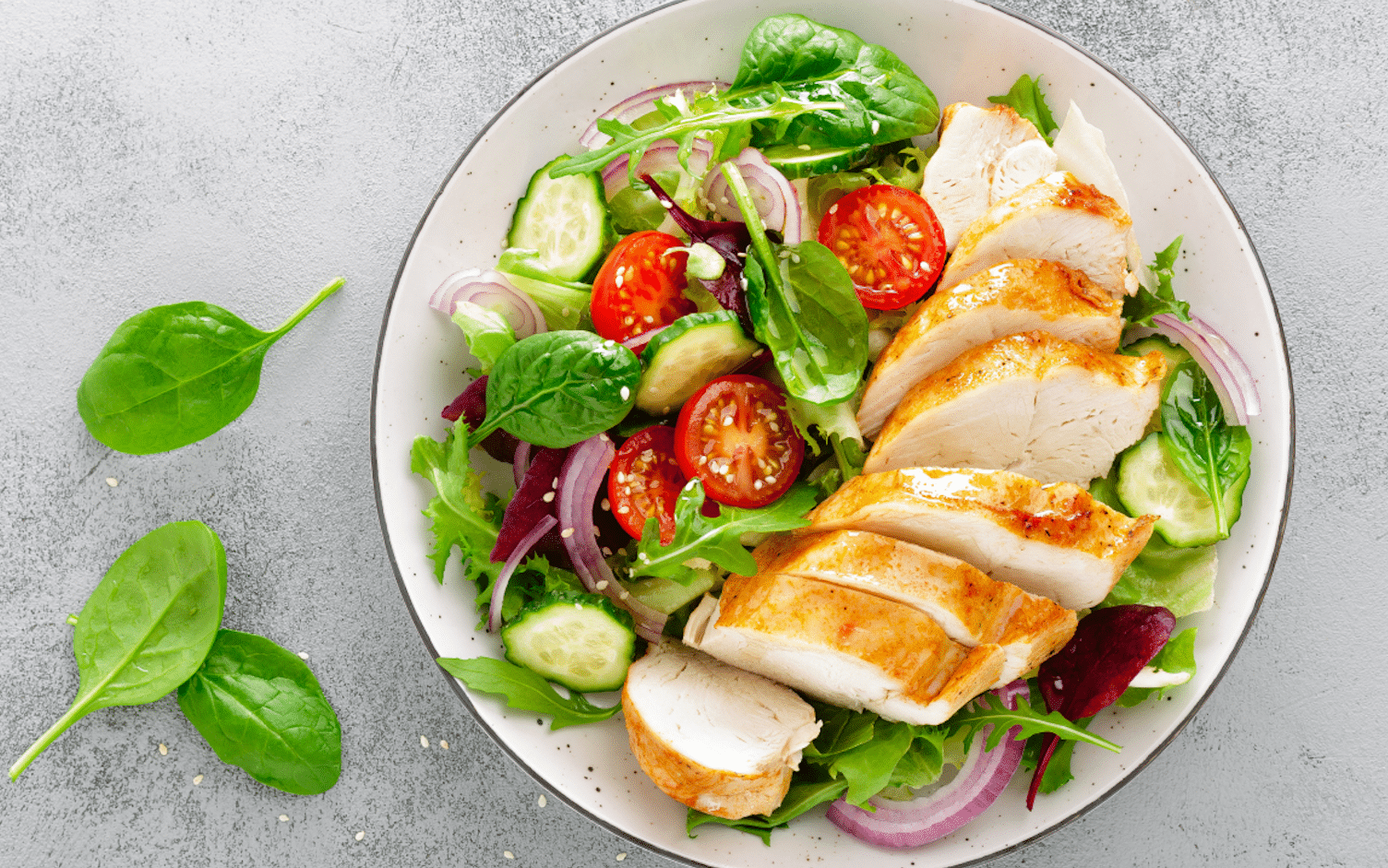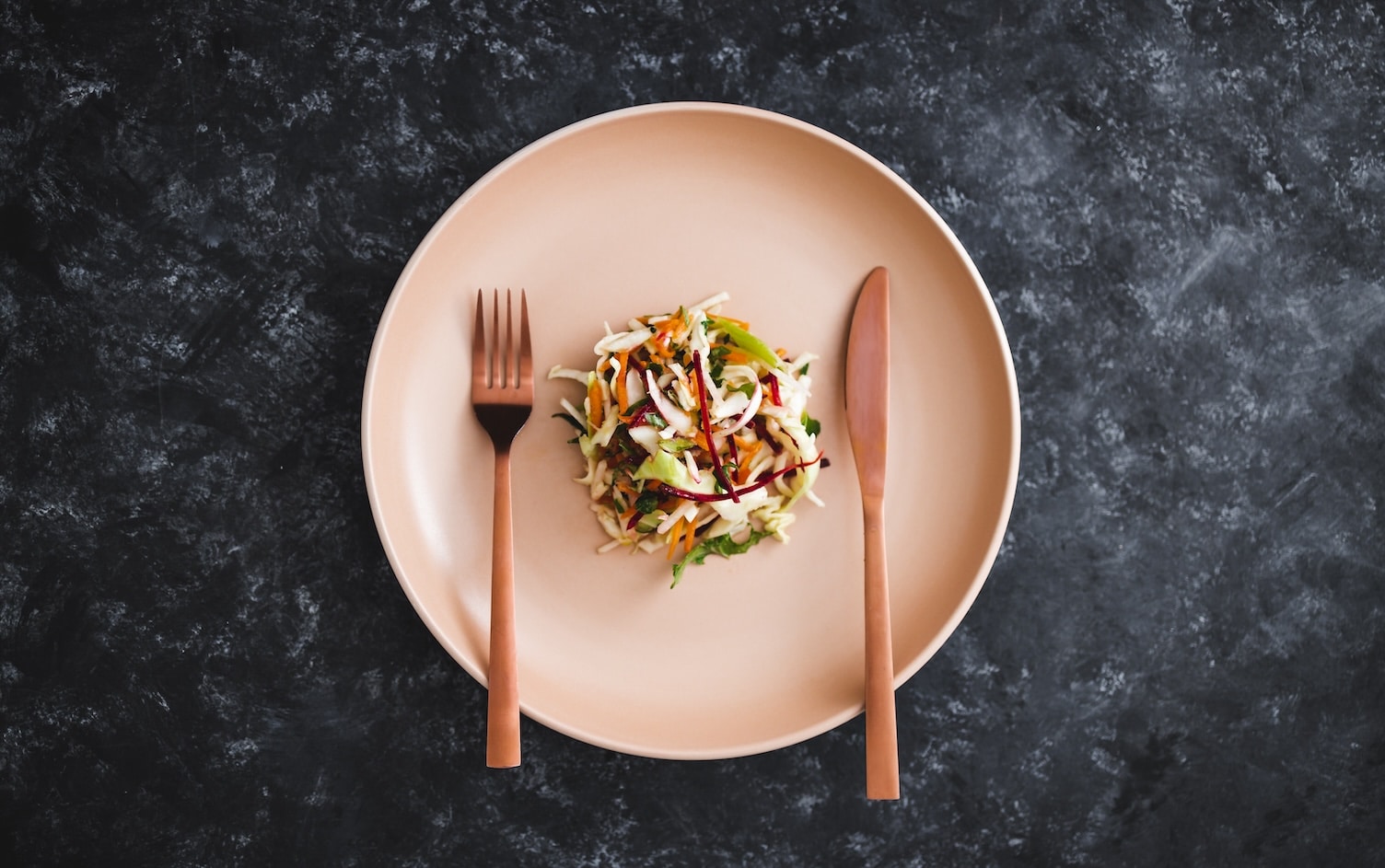Now that the warmer months are upon us, many people find themselves gravitating toward lighter fare. With the abundance of fresh produce available, there are a myriad options available for fresh sides and salads, many of which also pair well with seafood.
Most Americans fall short of the 2–3 recommended weekly servings of fish. Seafood, while low in calories, saturated fat and sodium, is high in protein and heart-healthy omega fatty acids. It is also high in micronutrients like zinc, selenium, iron, iodine, vitamin B12 and vitamin D.
According to the dietary guidelines, eating about 8 ounces per week (about two servings) of a variety of seafood (including fish and shellfish) may help prevent cardiovascular disease. Omega-3 fatty acids from unsaturated fats, like fatty fish, have been shown to decrease triglyceride levels, reduce blood clotting, decrease stroke and lower blood pressure. Omega-3 fatty acids are also helpful for reducing harmful inflammation throughout the body, which could impair blood vessels and lead to heart disease.
Cooking seafood may seem daunting at first, but it’s actually quite easy, convenient and quick. Not sure what fish to choose? The Monterey Bay Aquarium Seafood Watch has a list of environmentally-friendly seafood choices, including a list of seafood caught or farmed responsibly. Pregnant women should also be aware of choosing seafood options low in mercury, like salmon, scallops, canned light tuna, flounder and tilapia.
Here are five fun ways to include more seafood in your diet:
ADD TO SALADS, SANDWICHES OR TACOS
Who says seafood must be bland and served alone? Try adding it as a salad topper, layering it in a sandwich or making homemade fish tacos for an easy way to add protein, nutrients and flavor. It’s even a great way to use leftovers.
BUY FROZEN OR CANNED
Keeping canned options, like salmon, tuna or sardines on hand can make for an easy and healthy weeknight dinner. Bonus: Canned and frozen options can prevent food waste and save money.
DON’T FORGET ABOUT SHELLFISH
Foods like oysters, mussels and clams count toward your seafood intake, too. Plus, they are still high in protein for relatively low calories. Throw some mussels into your next pasta dish, start your dinner with a cup of clam chowder or steam some clams to help increase your intake.
THROW IT ON THE SHEET PAN
Sheet pan meals are an easy way to save time in food preparation and cleanup and allow you to cook everything at once. Pair your choice of fish with some delicate veggies like asparagus for an easy, nutritious meal.
READ MORE > NORWEGIAN SEAFOOD BURGERS
GET CREATIVE
Seafood doesn’t have to be grilled, baked or broiled. Try molding it into patties, adding it to a quiche, stuffing it into potatoes or adding smoked salmon to your pizza instead of pepperoni or sausage. Or, why not trade in your breakfast muffin for a bagel with lox?
These easy swaps can help increase the seafood (and nutrients) in your diet.




